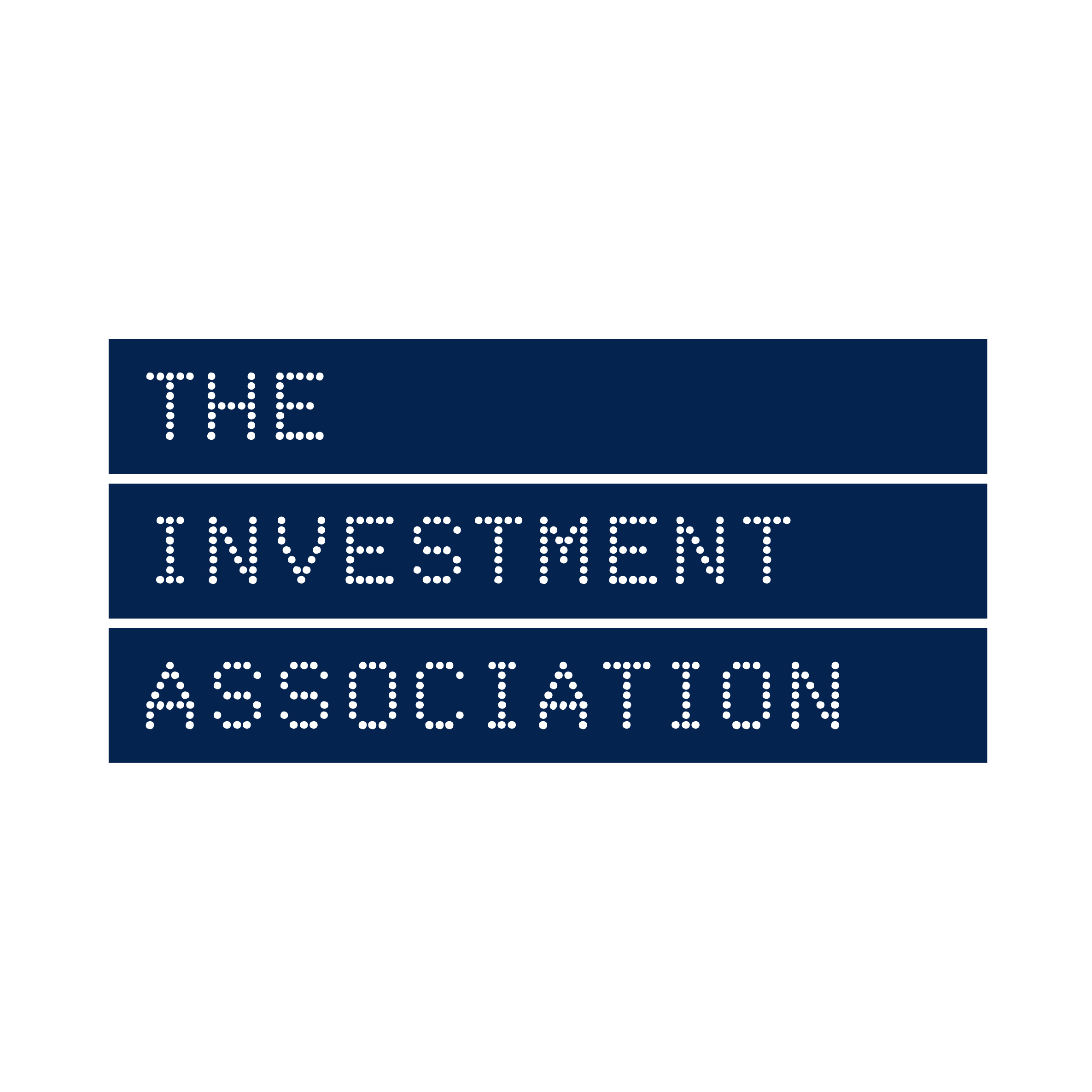iNAVs, also known as indicative optimised portfolio value, or IOPV, are an intraday estimate of an ETF’s net asset value, calculated using the current trading prices of the underlying securities.
It is intended to provide investors with a degree of real-time transparency into their investments, and in some instances, can be a useful measure for valuing an ETF.
It was, for example, reasonably useful in the nascent days of the UCITS ETF industry when the product offering was highly liquid equities predominately listed on European exchanges.
However, as the ETF offering has evolved towards global and multi-asset class exposures, the iNAV has become less useful as an indicator of true value.
Time zone differences between where an ETF is listed and where its underlying securities are listed, for example, create a dislocation between the iNAV and the true market value.
At present, more than 60% of UCITS ETFs – accounting for over 70% of assets under management – have global and multiasset class exposures.
Naturally, closed markets in the underlying securities will deem it impossible for the iNAV agent to give an accurate measure of value, as it is no longer fed by live pricing during European trading hours.
Consequently, the iNAV becomes stale. In these circumstances, investors should not use the iNAV as a guide of fair value, especially in volatile markets.
For example, if an investor is looking to sell a position and the iNAV makes an ETF appear to be trading at a discount, the investor could refrain from selling on the expectation that the ETF will re-align with iNAV. In a falling market this might not occur. As a result, the iNAV has clear limitations as a guide to true value.
Fixed income instruments are further exposed to iNAV difficulties due to the potential asymmetry of pricing feeds between the iNAV calculation agent and the underlying securities, particularly in stressed market scenarios.
Furthermore, many authorised participants (APs) pricing in the secondary market construct their own internal fair value calculations using a variety of sources for pricing, therefore rendering the iNAV, in their case, obsolete.
Also, for products that are subject to capital gains tax, financial transaction tax or stamp duty – payable on creations or redemptions in the primary market – the iNAV does not account for such costs, further causing a dislocation between iNAV and fair value.
The provision of iNAVs came into discussion as part of IOSCO’s consultation on ETF Good Practices, encouraging regulators and/or trading venues to “consider means to enhance the accuracy and usefulness of iNAV”.
A better step would be to eradicate the measurement altogether. Looking to the US, the Securities and Exchange Commission (SEC) has, quite rationally, revoked the requirement to mandate the production of iNAVs, a regulation in place since ETF inception. Europe should follow suit and remove dependency on iNAVs.
A solution-focused approach is paramount here. A proposal being put to regulators for an alternative indicator altogether would be a positive step for the market.
If we look at the order book of exchanges or regulated trading venues, we see designated market makers showing a two-way price within a pre-agreed maximum spread as part of a contractual obligation to provide liquidity.
Order books are a true representation of fair value, taking into consideration underlying securities prices, balance sheet costs, taxes and recycling of inventory, among other factors.
The infrastructure for a more accurate, readily available intraday pricing source for investors is therefore already in place.
The industry should embrace change, step away from a redundant information system and transition to something more useful and more accurate. This is a moment for the European ETF industry to change for the benefit of all.
Keshava Shastry is head of capital markets at DWS, chair of ETF task force at EFAMA and chair of the ETF committee at the Investment Association and Anastasia Manuel is associate, ETF capital markets, at DWS
This article first appeared in ETF Insider, ETF Stream's monthly ETF magazine for professional investors in Europe. To access the full issue, click here.
Related articles





